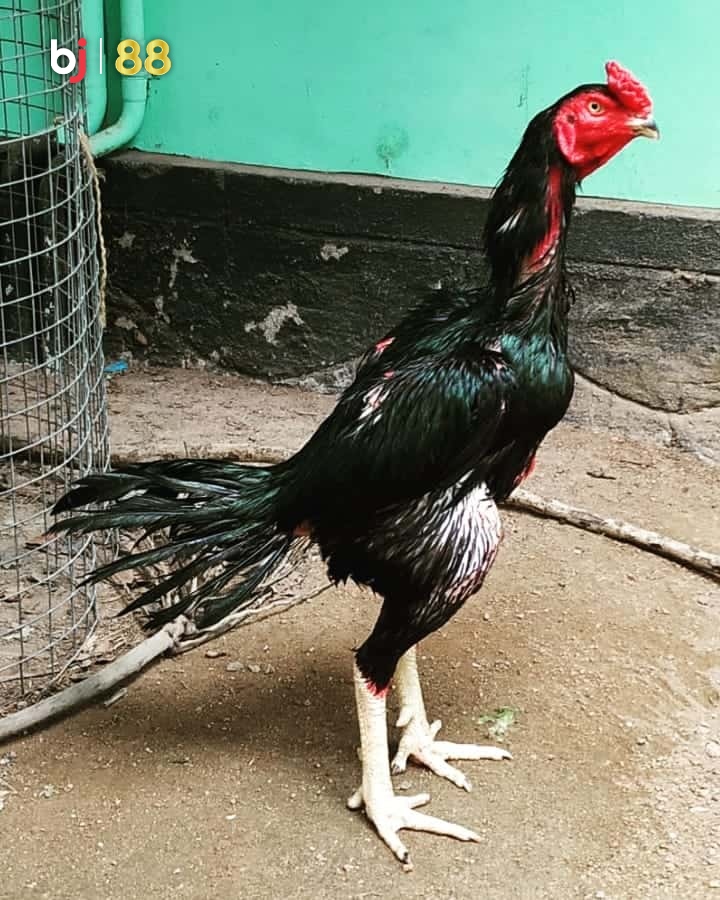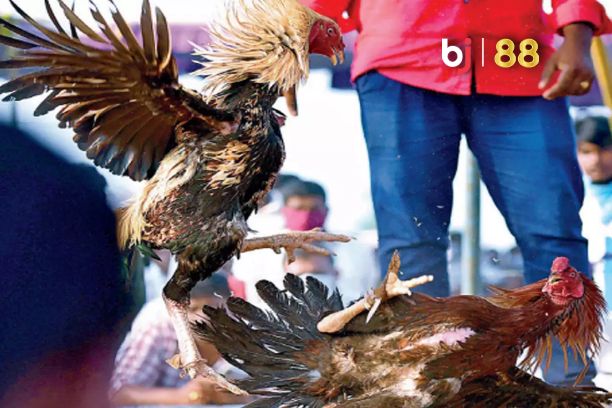Many people wonder what to feed chickens in order for them to have fluffy feathers. Because, as we all know, fur is not only beautiful, but it also serves as armor, successfully protecting the triumph from the opponent’s harmful strikes. Learn the secret taught by the experts of Chicken Viet SV388 in this post if you want to possess attractive, strong, and lustrous fur!

How long does it take for a chicken to molt?
Chickens, on average, will take 7-8 weeks, and in some cases 12 weeks, to shed their old plumage and replace it with new. Most crucial, the millet has to know when the hens are moulting in order to provide the best possible care.

What to feed chickens for silky, shiny feathers?
In order for chickens to have a thick, long and shiny plumage, millet can refer to and add to their diet some of the following types of feed:
Feeding chickens with grain
This food is indispensable in every daily meal of chickens. But it’s not okay to want to feed. Depending on the stage of molting, millet needs to be adjusted accordingly as follows:

At the start of molting
What should hens consume to keep their feathers smooth at the start of molting? At this time, hens begin to shed a large number of feathers, including numerous silver feathers. In the fall, most hens change their feathers, and the feathers fall off from top to bottom.
At this time, we should cut back on grain by one-third and increase our intake of green vegetables, particularly bean sprouts. Allow hens to relax more frequently and wash them on a daily basis to speed up the process of feather shedding.

When the number of old feathers decreases, hens should consume various things such as quail, maize, peanuts, meat, eel, and so on. To minimize excessive weight increase in hens, feeding frequency is limited to three days each week.
When chicks start producing feathers
This is immediately discernible as the tube feathers begin to rise at the tip and extend progressively down the neck. You must pay extra attention to what to feed hens at this time to ensure that their feathers remain smooth.
As a result, cut grain consumption by two-thirds, give hens more green vegetables, and provide three peanuts at each meal. Along with that, take 1 fish oil capsule every 2 days, as well as 1 small beef and quail egg once a week.
Also, avoid washing the hens at this time since it will simply make the new coat drier and more fibrous. Bathing 2-3 times a week is recommended. Furthermore, some monks use other medications to induce hens to create smoother and more attractive feathers. But don’t overdo it or it will backfire.
Stage of dried chicken feathers
What should hens be fed so that their feathers are silky at this stage? To avoid extra chicks and obesity, we feed the same quantity of grain as before and limit the amount of fishy bait. Cooking is preferable than eating fresh food. Furthermore, only bathe hens on nice sunny days, then dry and let them to sunbathe.

When you see that chicks that have grown feathers are banished at regular intervals, you may prune them to shape them and make them appear nicer. Don’t forget to offer your hens soluble powdered supplements like Supe Calcium ADE, Vitamins A, D, E, zinc, Biotin, and so on to make their feathers smoother, shinier, and stronger.
When molting, chickens should be fed greens
The nutrients in the greens are necessary for the molting process of hens. So, if you’re wondering what to feed hens to make their feathers smooth, remember to include greens in your diet!
Spinach, lettuce, sprouts, and other green vegetables should be offered to hens at this period. Bean sprouts are the most vital diet for hens to change their feathers quicker, silkier, and shinier. However, do not overfeed greens to hens and adapt according to each stage of molting!

When the hens are molting, feed them fresh, fishy food
Fresh meals like beef, pig, quail eggs, and shrimp are the next solution to the issue of what to feed hens for smooth feathers raised at the start of the article. However, keep in mind that this is not the primary meal of war chickens and should only be offered every 2-3 days.
These meals’ nutrients will help with muscle growth and keratinity, which will help make chicken feathers. However, mild overfeeding of hens should be avoided.

Feed your hens a variety of meals rich in essential oils.
Foods high in fatty essences, such as beans, peanuts, and sesame, are also the answer to the question of what to feed hens to smooth feathers. These items, like fishy bait, should only be served to hens every 2-3 days. At any given moment, just 1-3 seeds are required.
Feed fish oil to hens to make their feathers smooth
Fish oil has a high concentration of vitamins and minerals. As a result, it should be administered in reasonable dosages and not misused to ensure the health of hens. This specific diet also aids in the molting of hens. But don’t go overboard. When hens are molting, fish oil vitamins and vitamin A should be provided in the form of one capsule per day for around 2-3 days. After the chicken has done molting, it can cease drinking or be maintained only once each week.

Final decisions
As a result, we have assisted you in answering the issue of what to feed hens for smooth feathers that was posed at the beginning of the article. Hopefully, the information above has helped you gain more expertise in caring for war chickens at this critical stage, so that the chicks are both healthy and have the desired thick, silky plumage.



